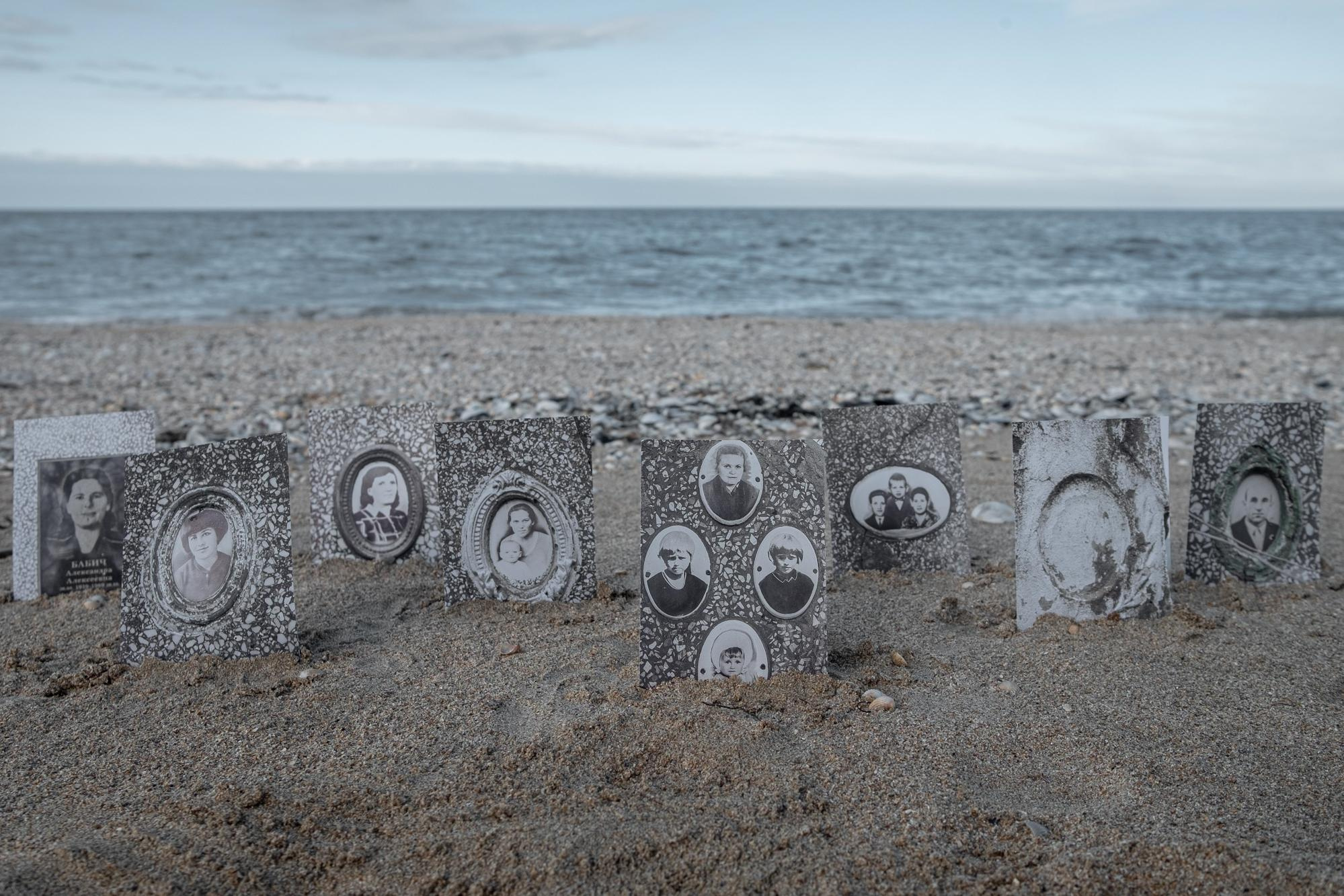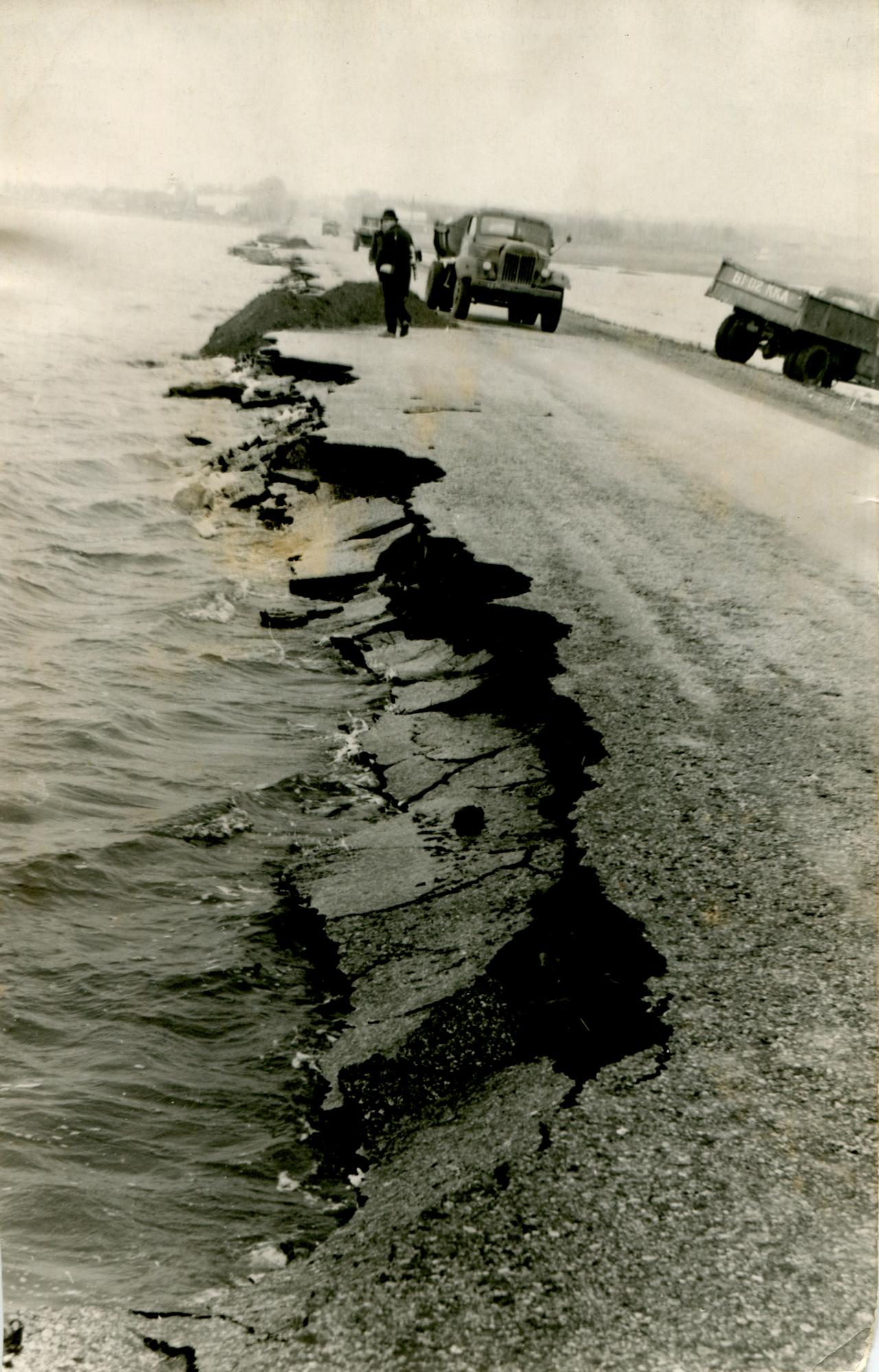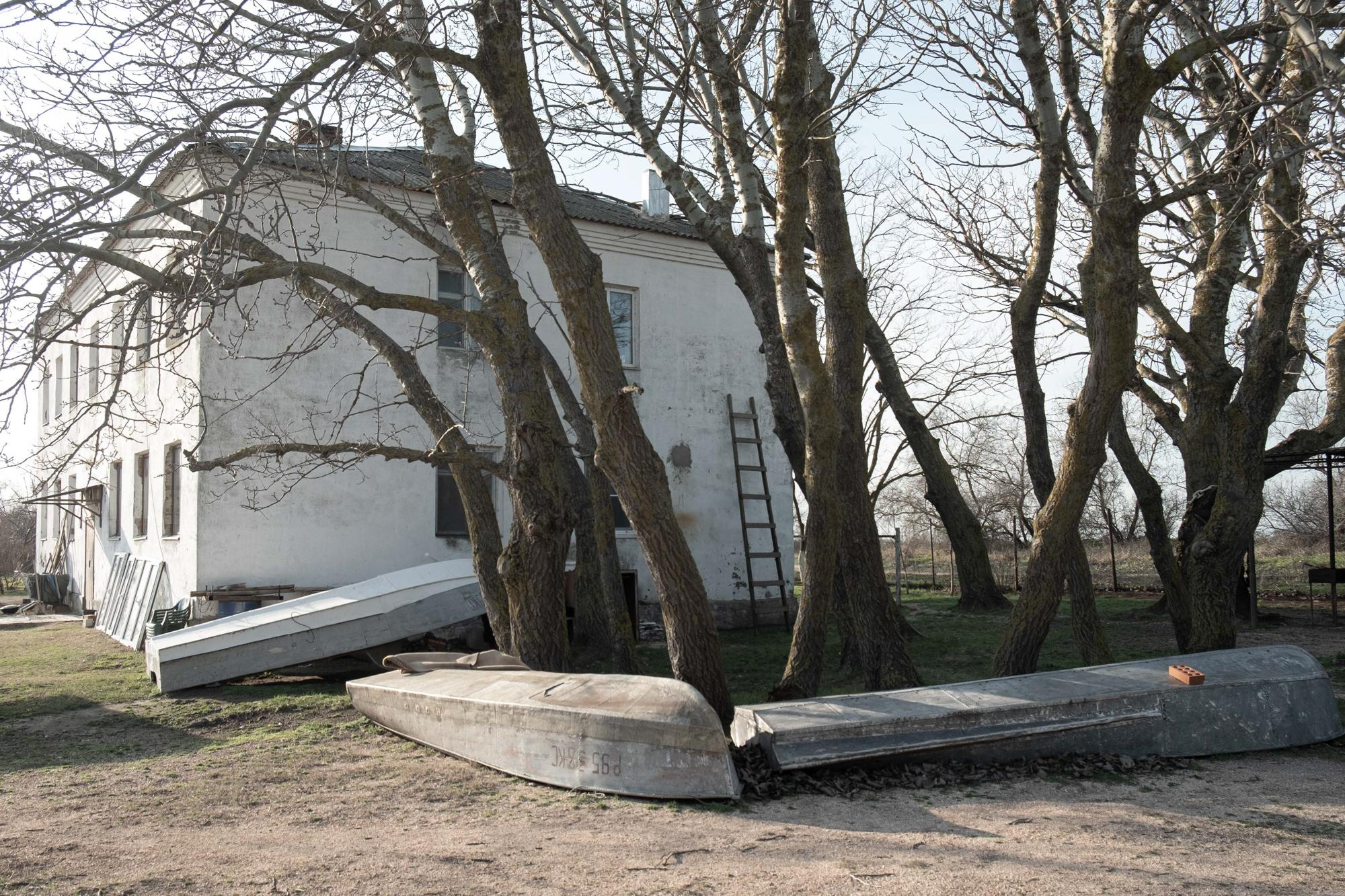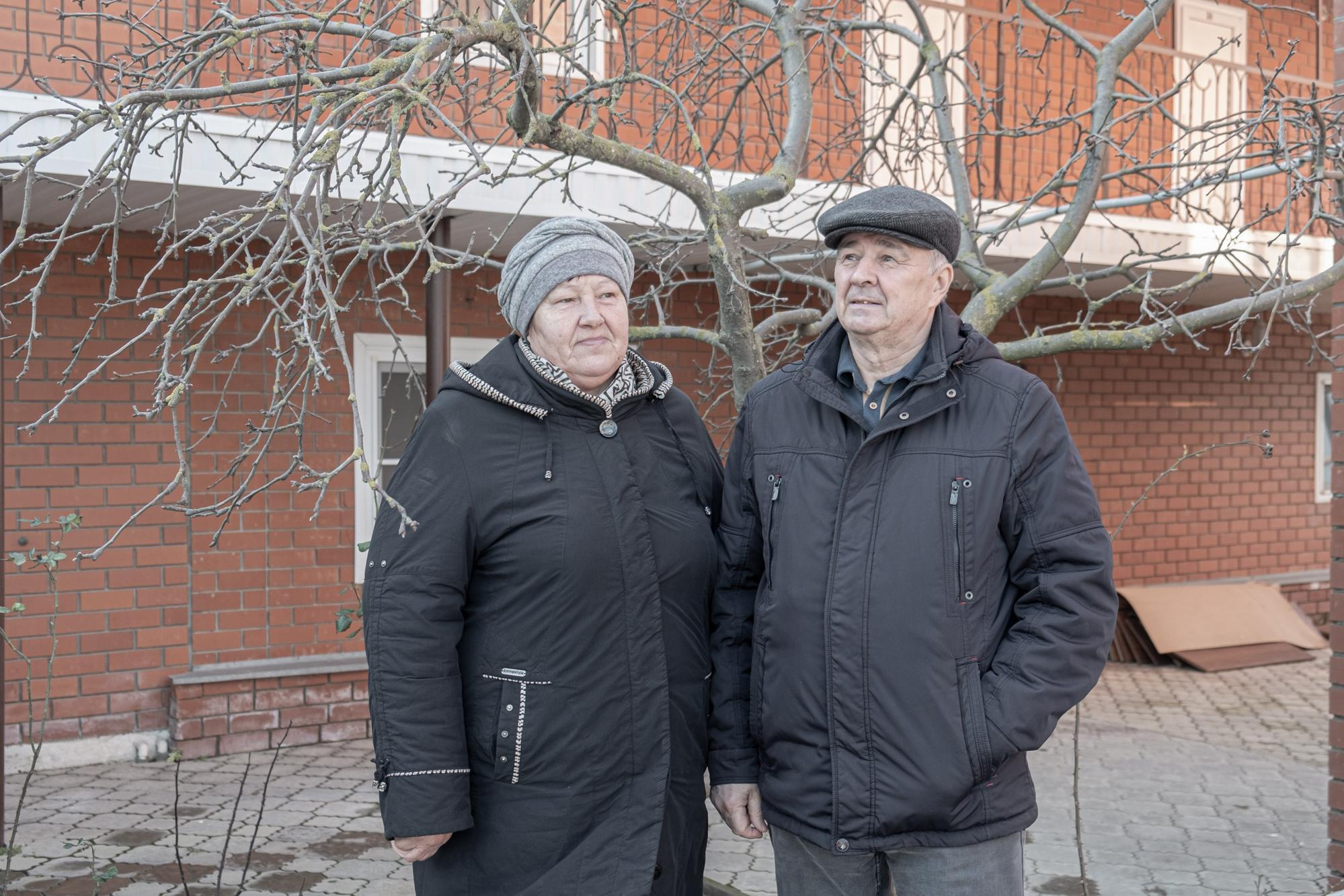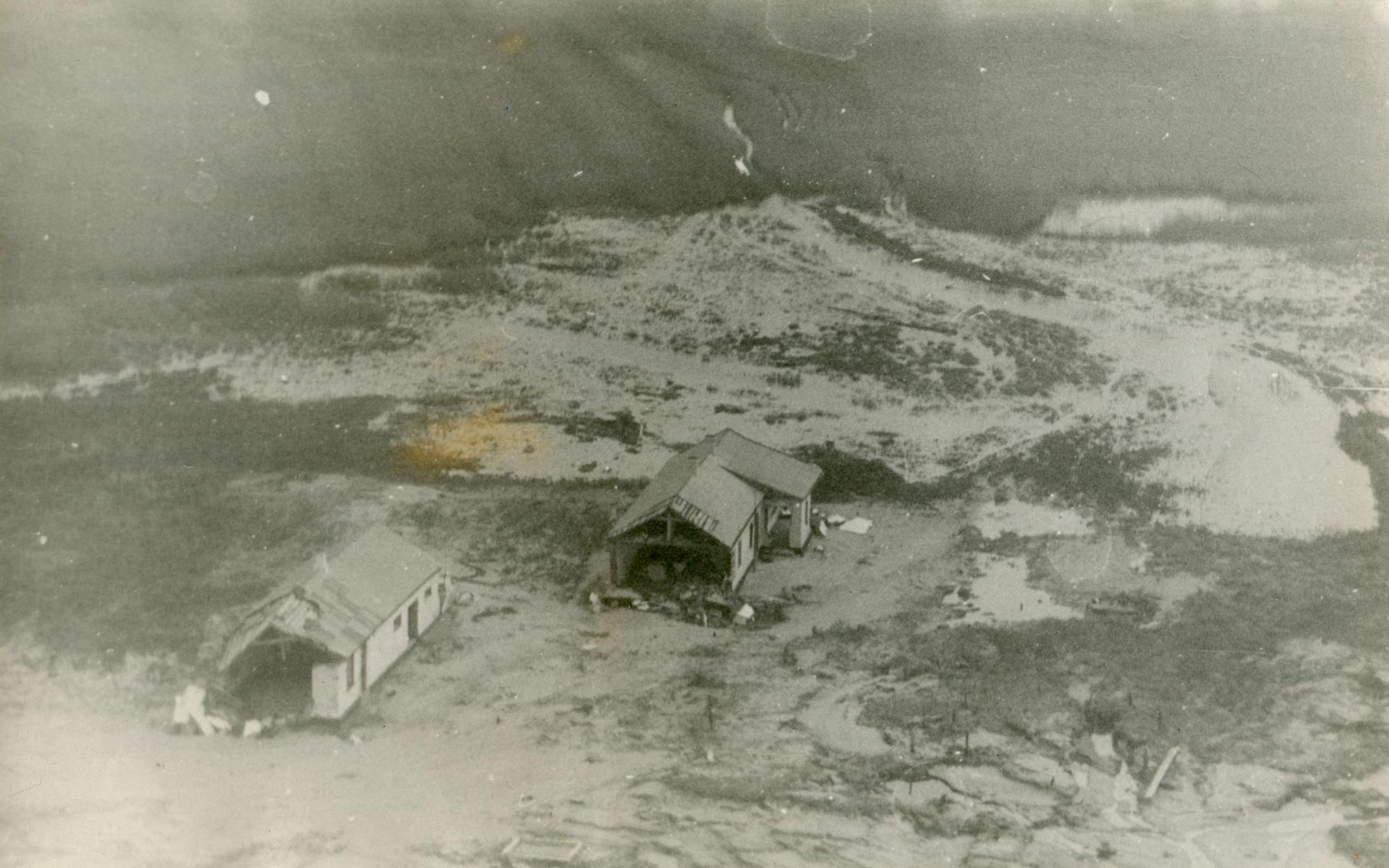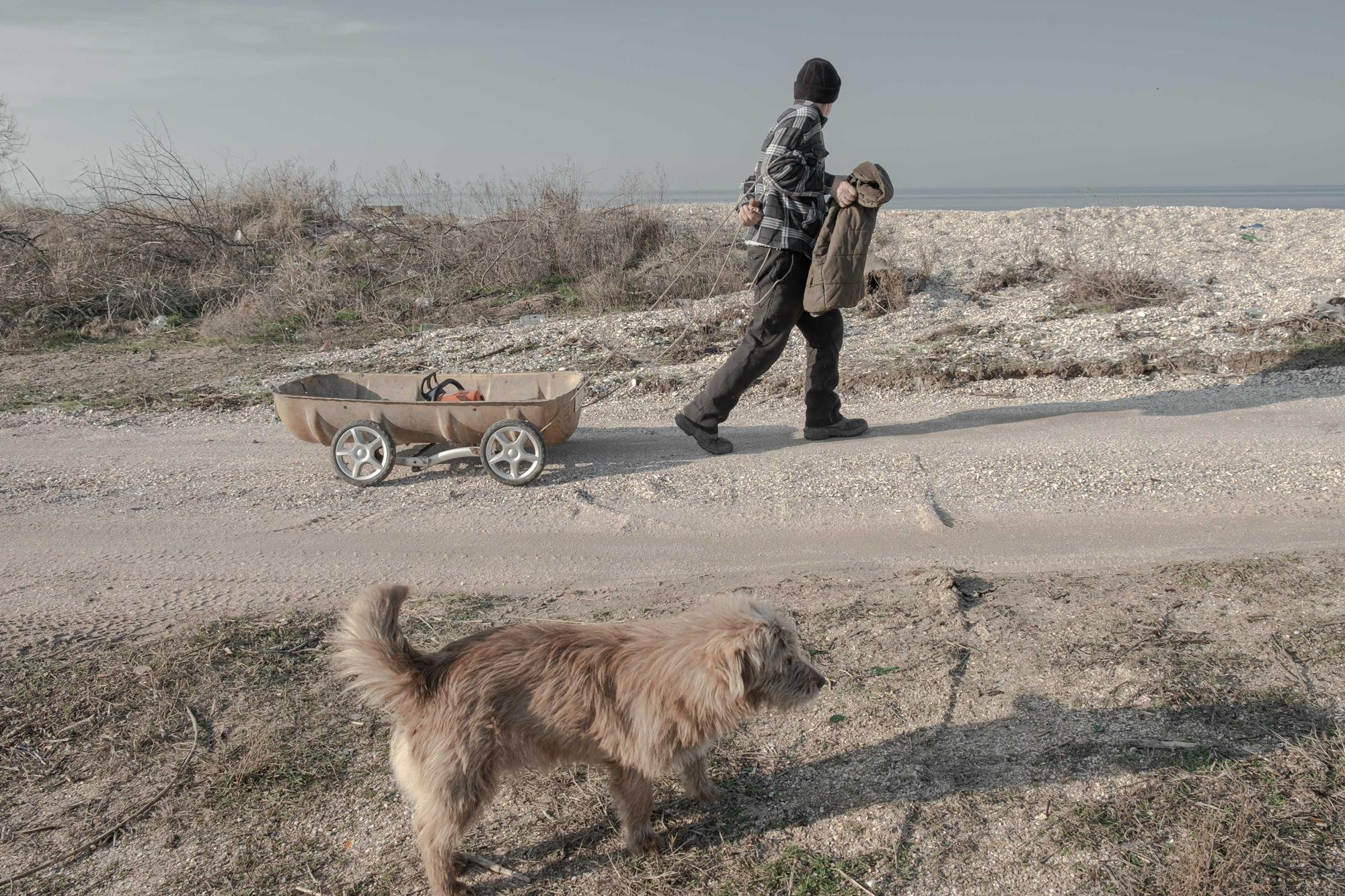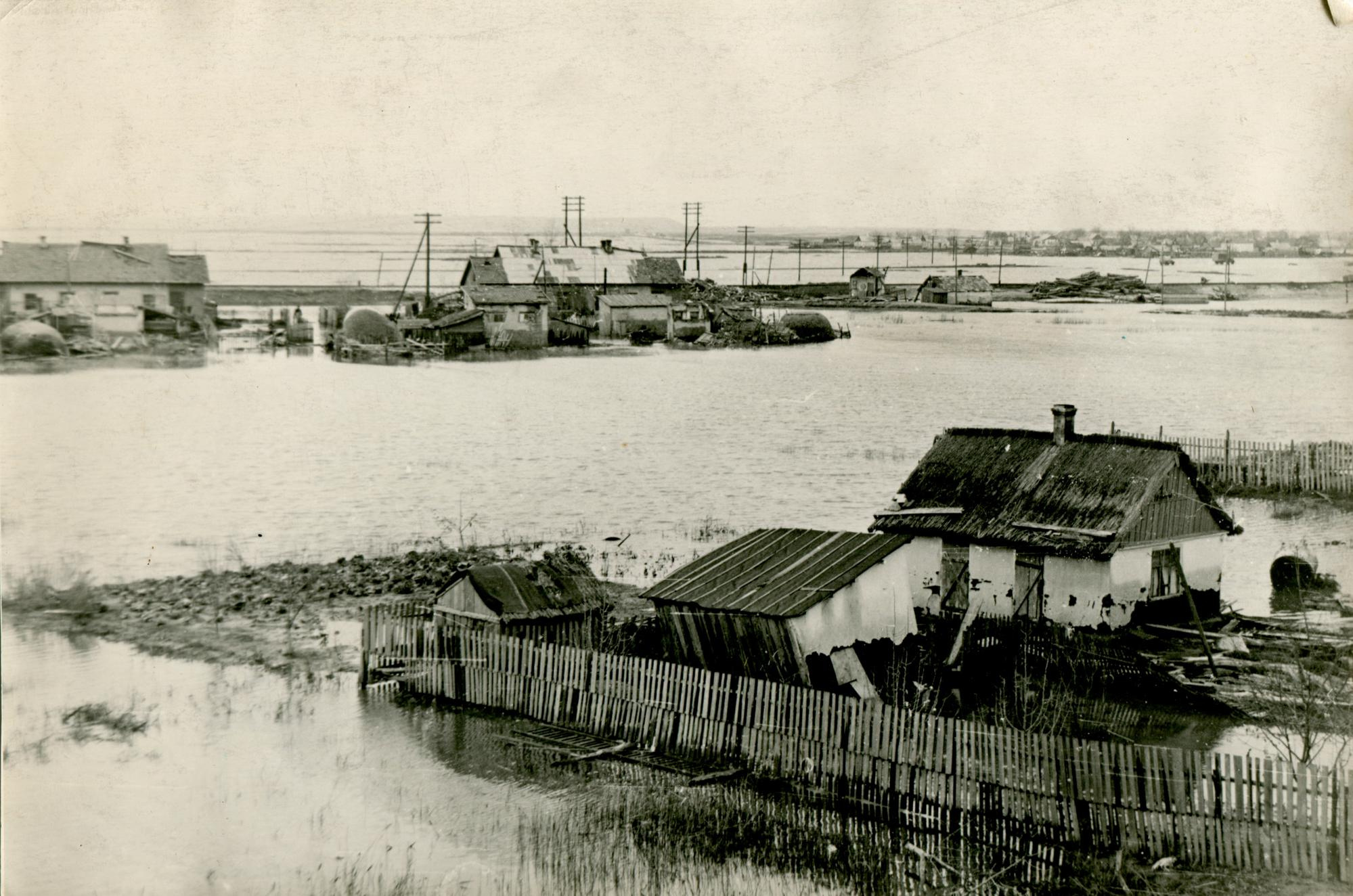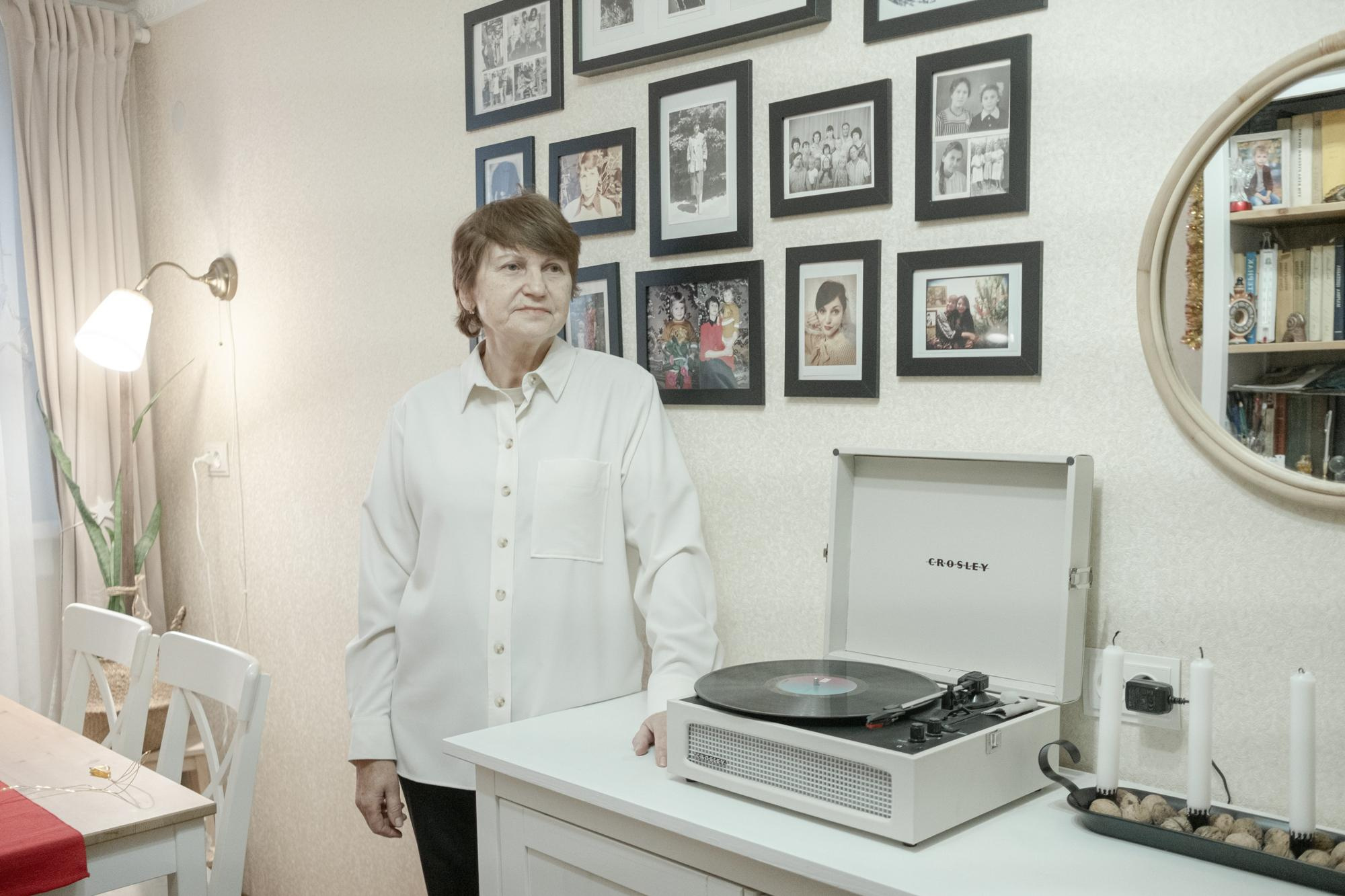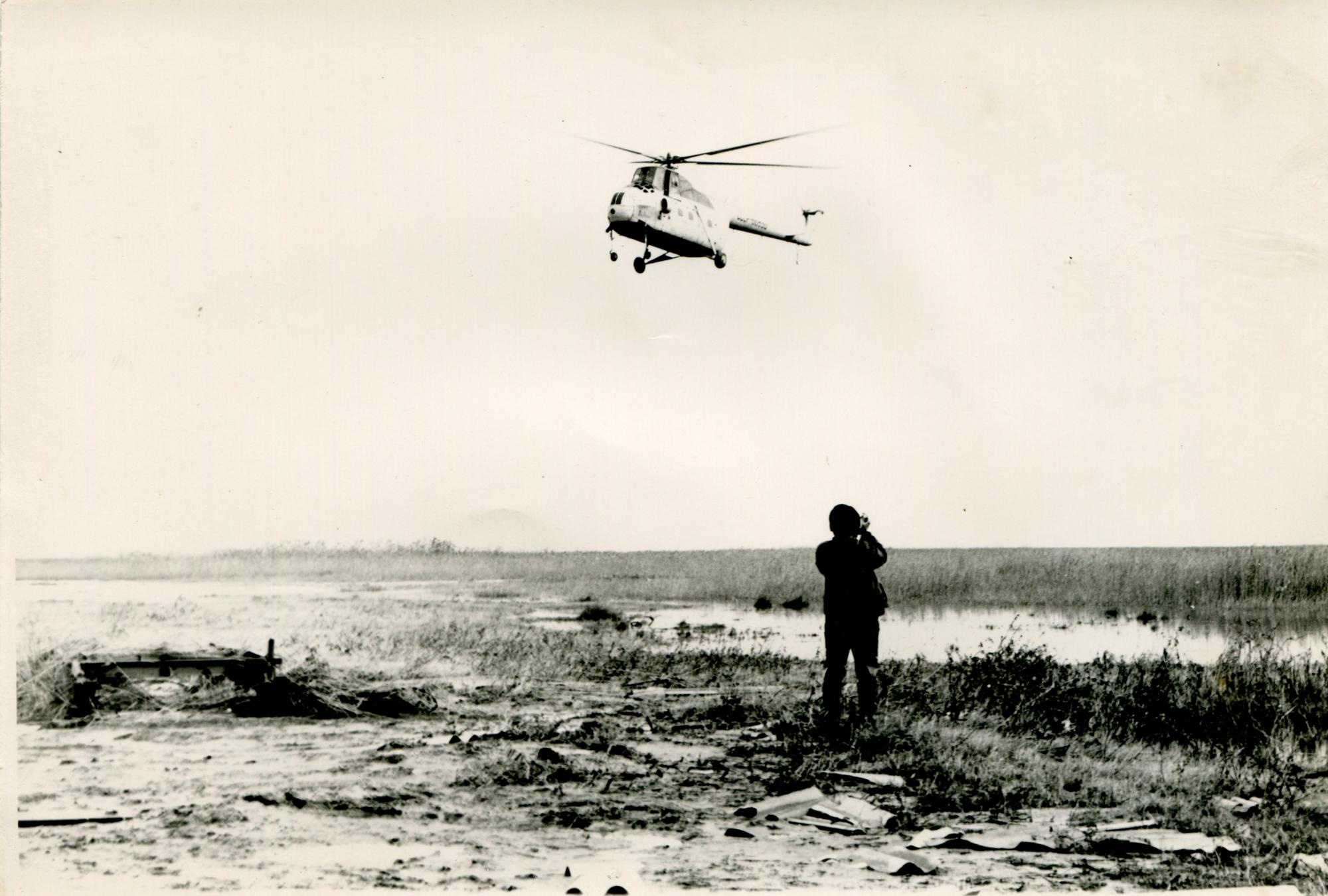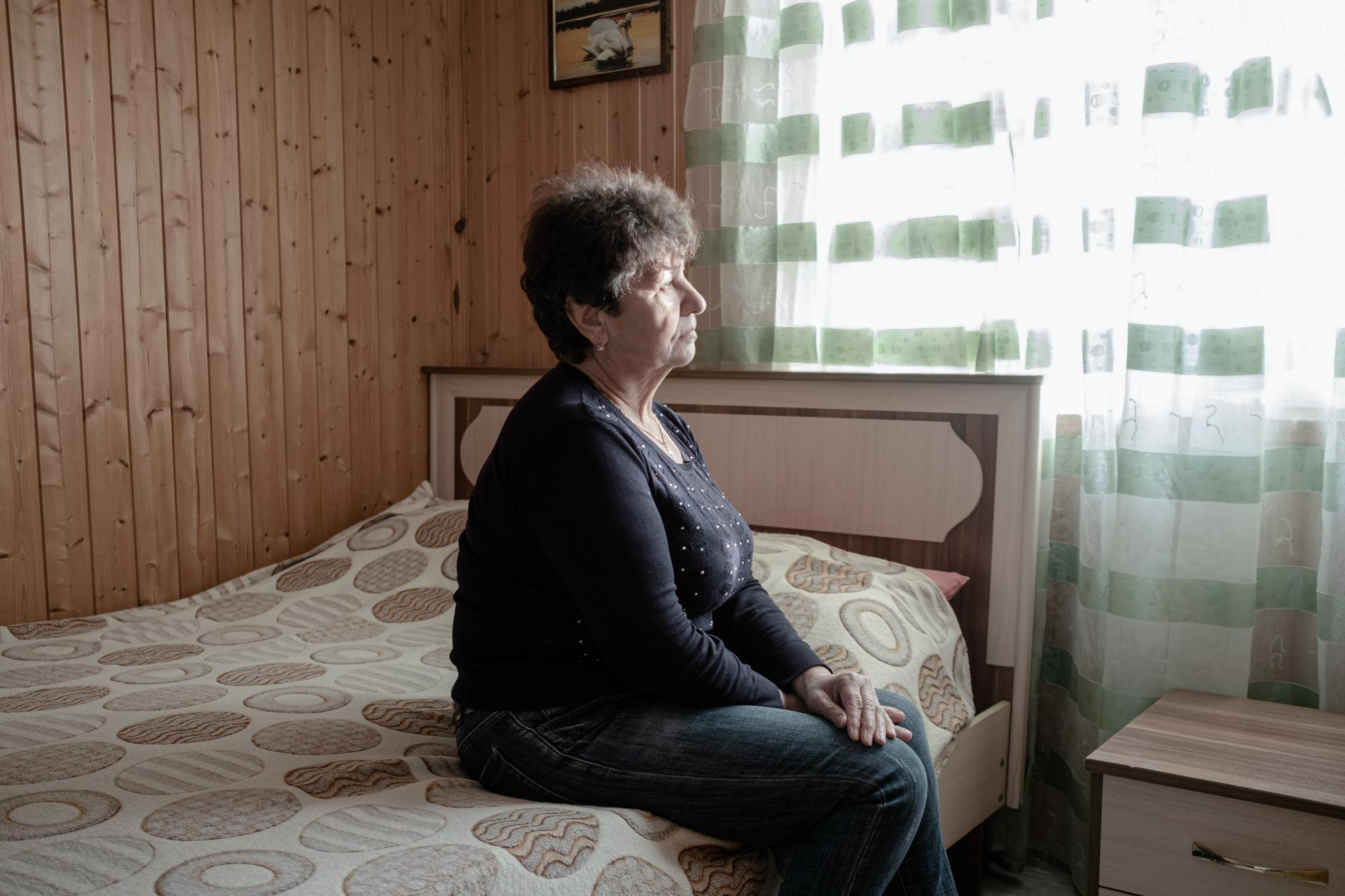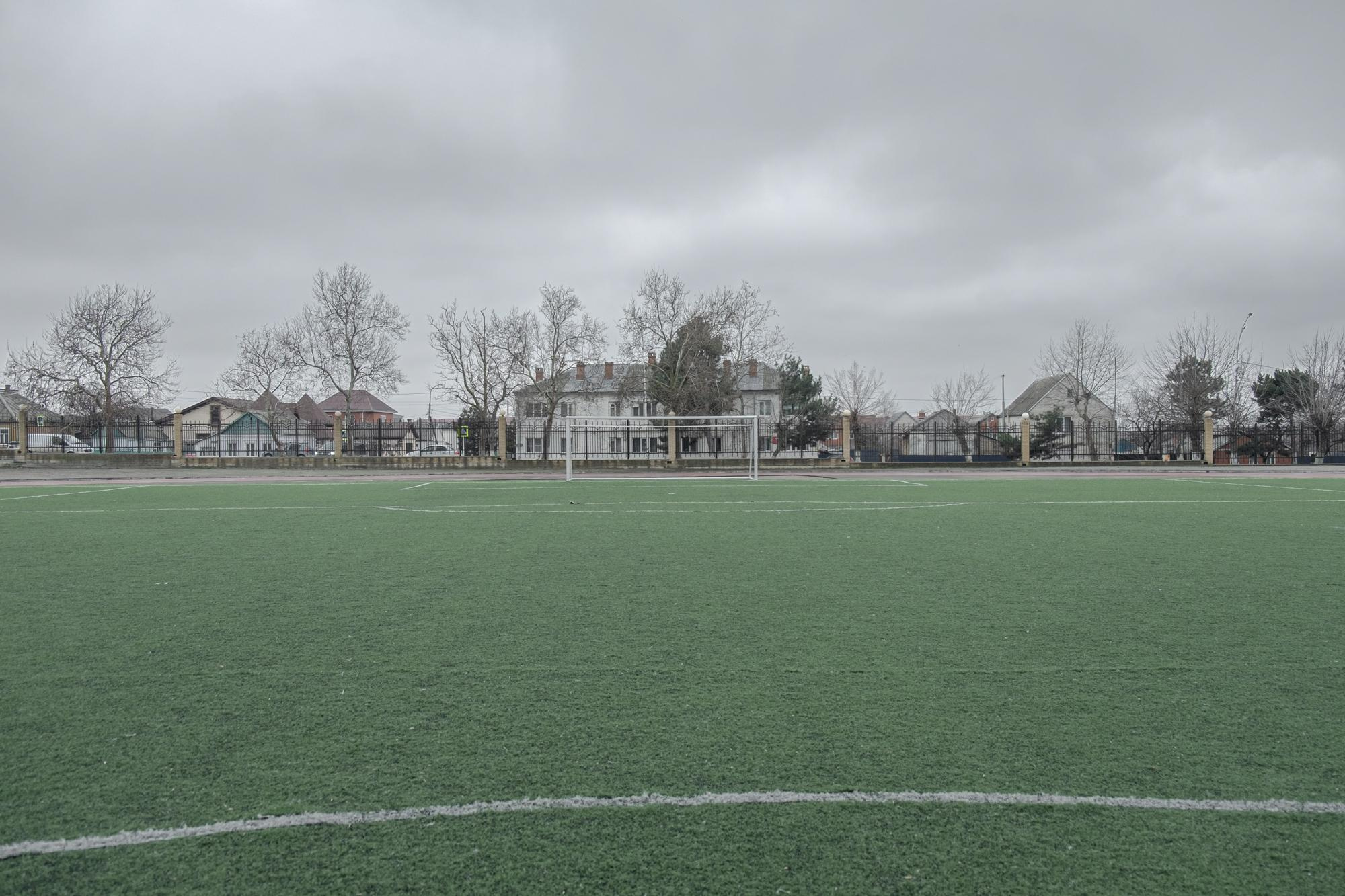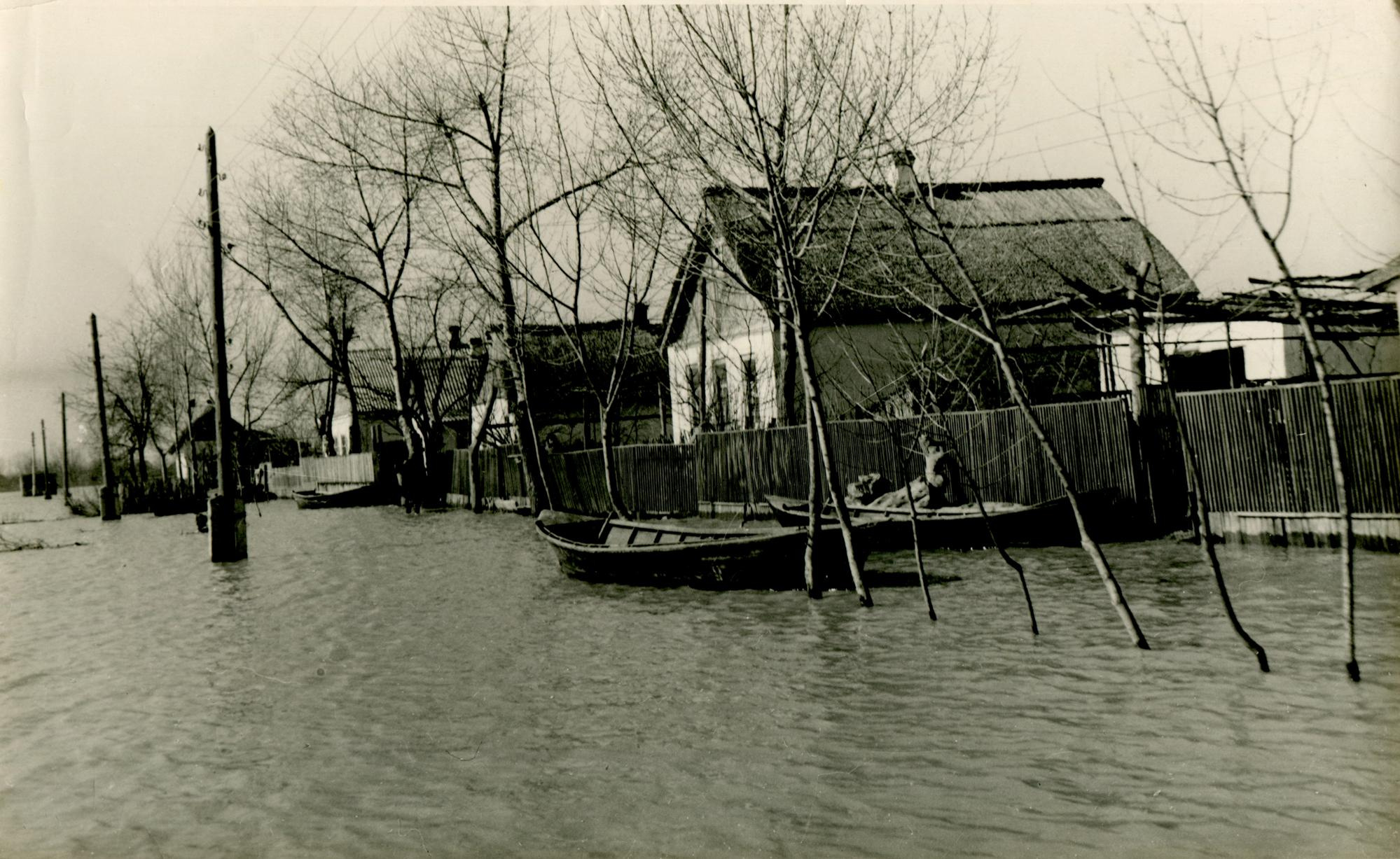For whom the maistra blows? (2022)
“Maistra” — distorted from “mistral”.
A strong northwest wind,
causing a surge wave into the sea.
On the night of 28-29 October 1969, a wave hit the Temryuk region of the Krasnodar krai and wiped out the coastal villages — Chaykino, Verbino, Perekopka — and flooded the neighboring villages. Few people know about this tragedy, the number of victims was not mentioned in the newspapers, but the world’s smallest Sea of Azov, which came out of the coast, killed dozens of families and changed the fate of those who survived.
They say the sea takes away memories. If you look at it for a long time, your own experiences go away, spread out and, lulled by the wave, lie down on the seabed. The Sea of Azov is the keeper of forgotten tragedies, and now fragile peace, cracked by new human pain. One of the mysteries that the sea does not share, but that remains in the children’s memories of the witnesses, is the story of the northwest wind and the destructive surge wave that comes at night.
“The Surge wave” is a rare natural phenomenon, characteristic of inland seas and narrow sea straits. A strong southern or southwestern wind drives water from the Black Sea to the Azov through the Kerch Strait. If the wind changes sharply to the northwest maistra and increases, the high sea shaft a few kilometers wide will lie on the south coast. In 1969, this is exactly what happened. According to official data, 186 people died. According to unofficial — much more.
Now from the coastal fishing villages of Chaykino, Verbino and Perekopka left a deserted shell beach, the ruins of fishing workshops and a brick two-storey house. The house survived and then — in 69, and still stands. Many residents of Perekopka were saved that night thanks to this house. They say the water reached the second floor, but the ones who got there survived. The house was restored, made fishing and hunting farm, which is called by the locals — “two-storey”. A shallow seashell on the beach of Perekopka crunches under my feet like snow in a freezing winter. In clear, quiet weather the sea sleeps, gently rocking on the waves of lonely seagulls. Looking at the rough, shining sea surface of the sun, it is hard to believe that the Azov Sea once collapsed a four-meter wave on the shore and buried dozens of people together with houses.
This catastrophe is called “forgotten tragedy”. It was seldom reported in the press, and only those who personally experienced the story have memories. But everything in nature is cyclical, and there is an assumption that an uplifted wave returns about every 50-60 years — similar disasters have already occurred on the coast of the Temryuk Bay. Forgotten tragedy remains forgotten, people continue to settle by the sea, build houses at the very water, sunbathe on the beaches, have families, travel to relatives, listen to news, buy tickets, vouchers and souvenirs, be born, love, fight. The maistra is blowing from the sea.
